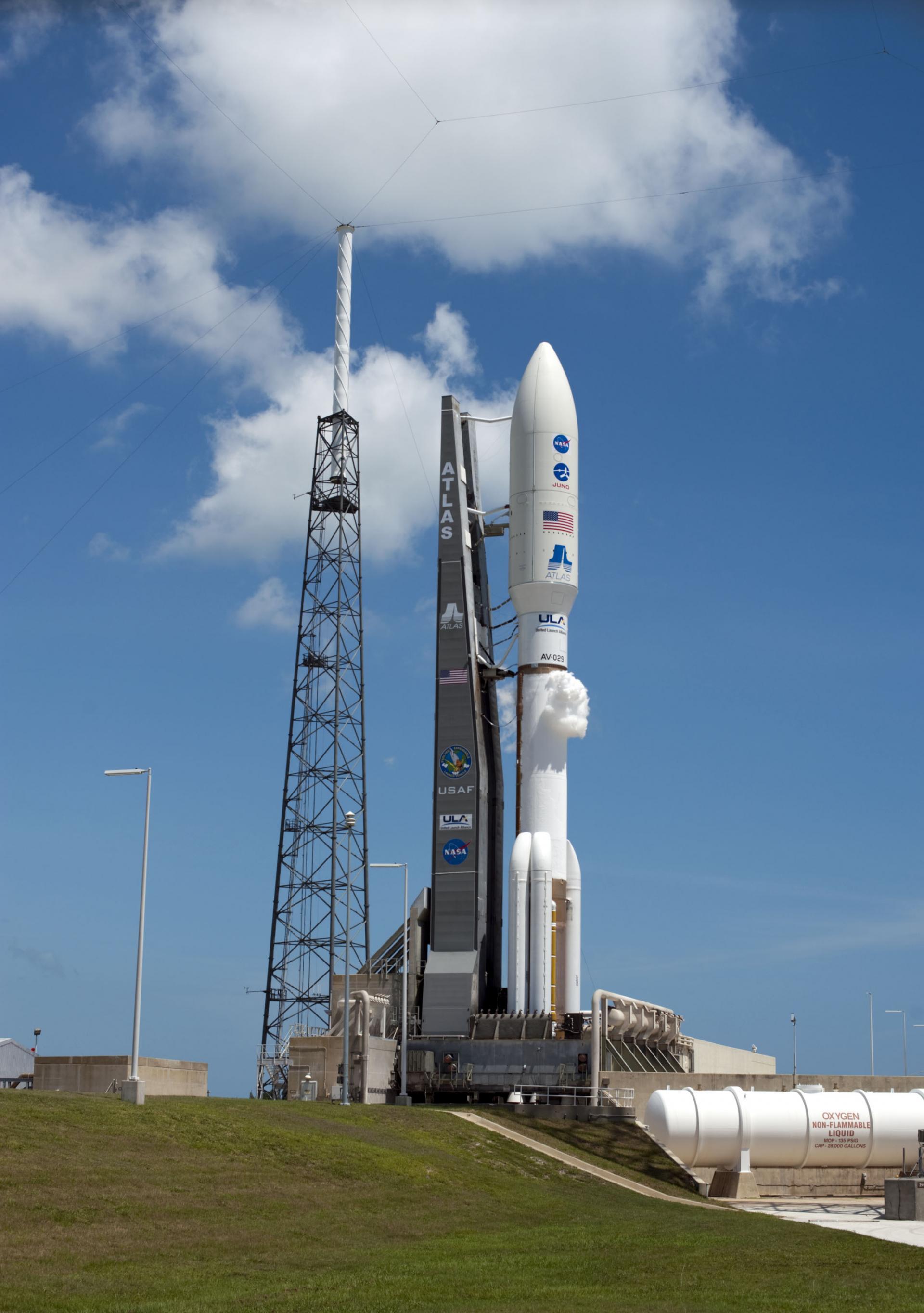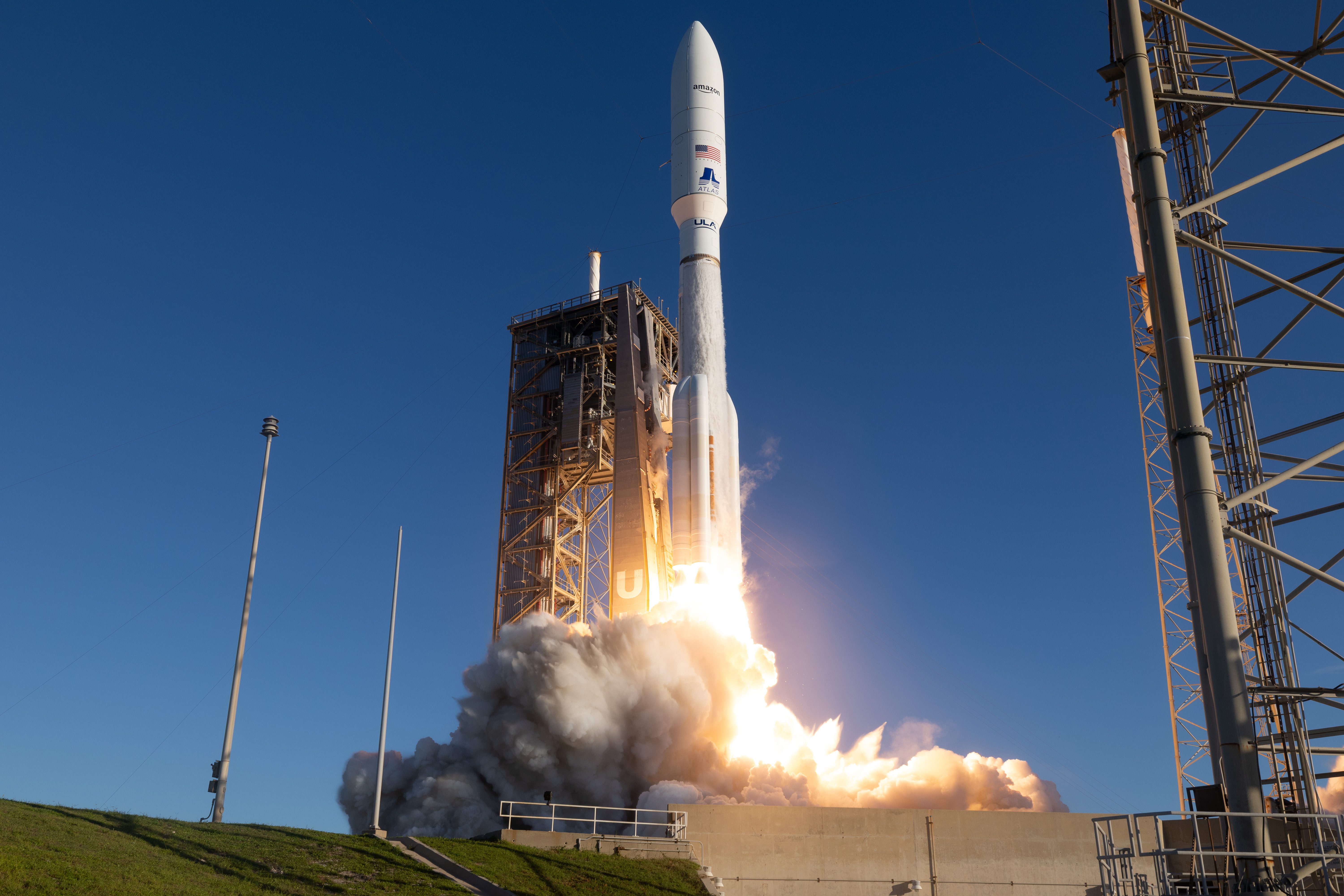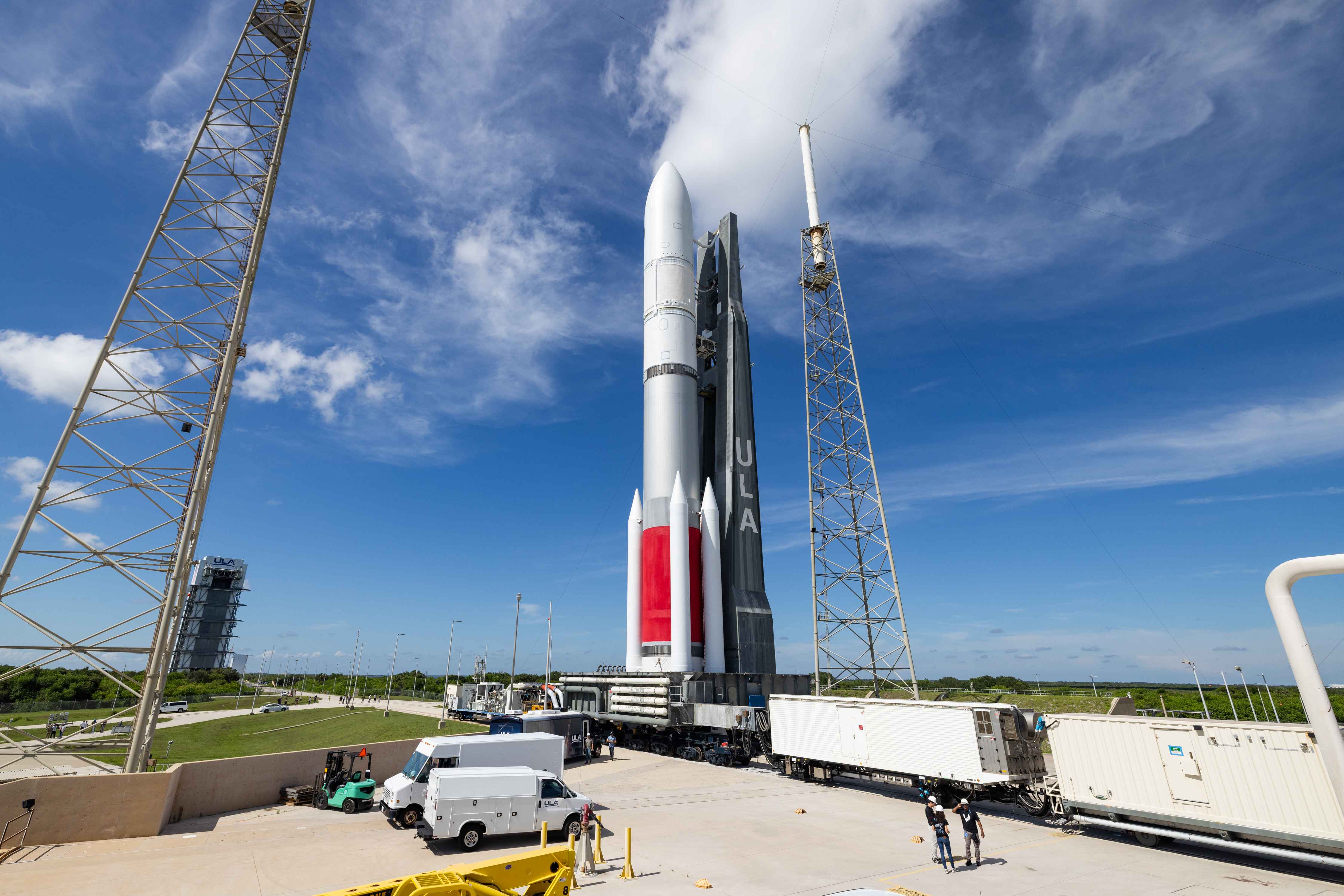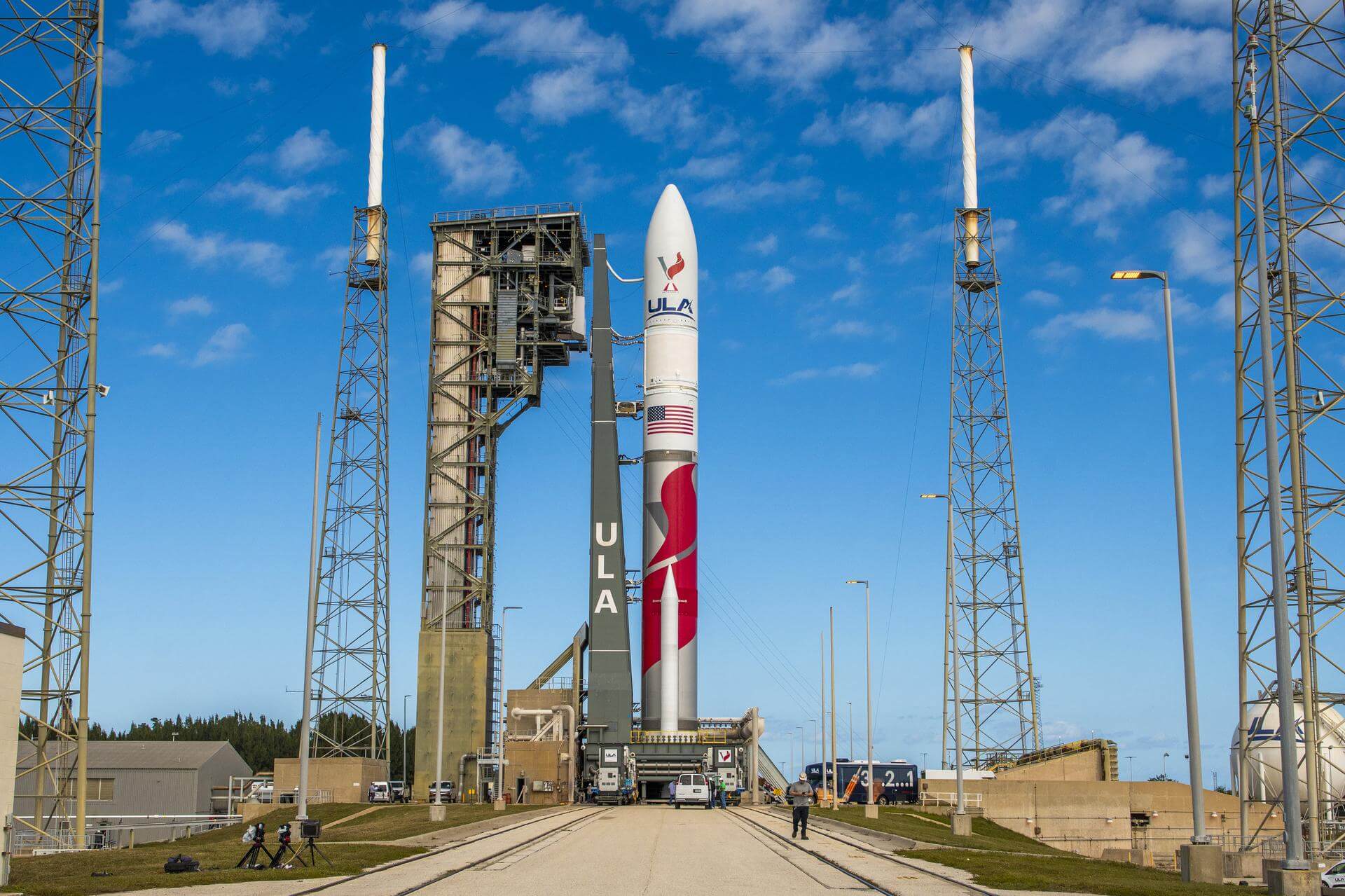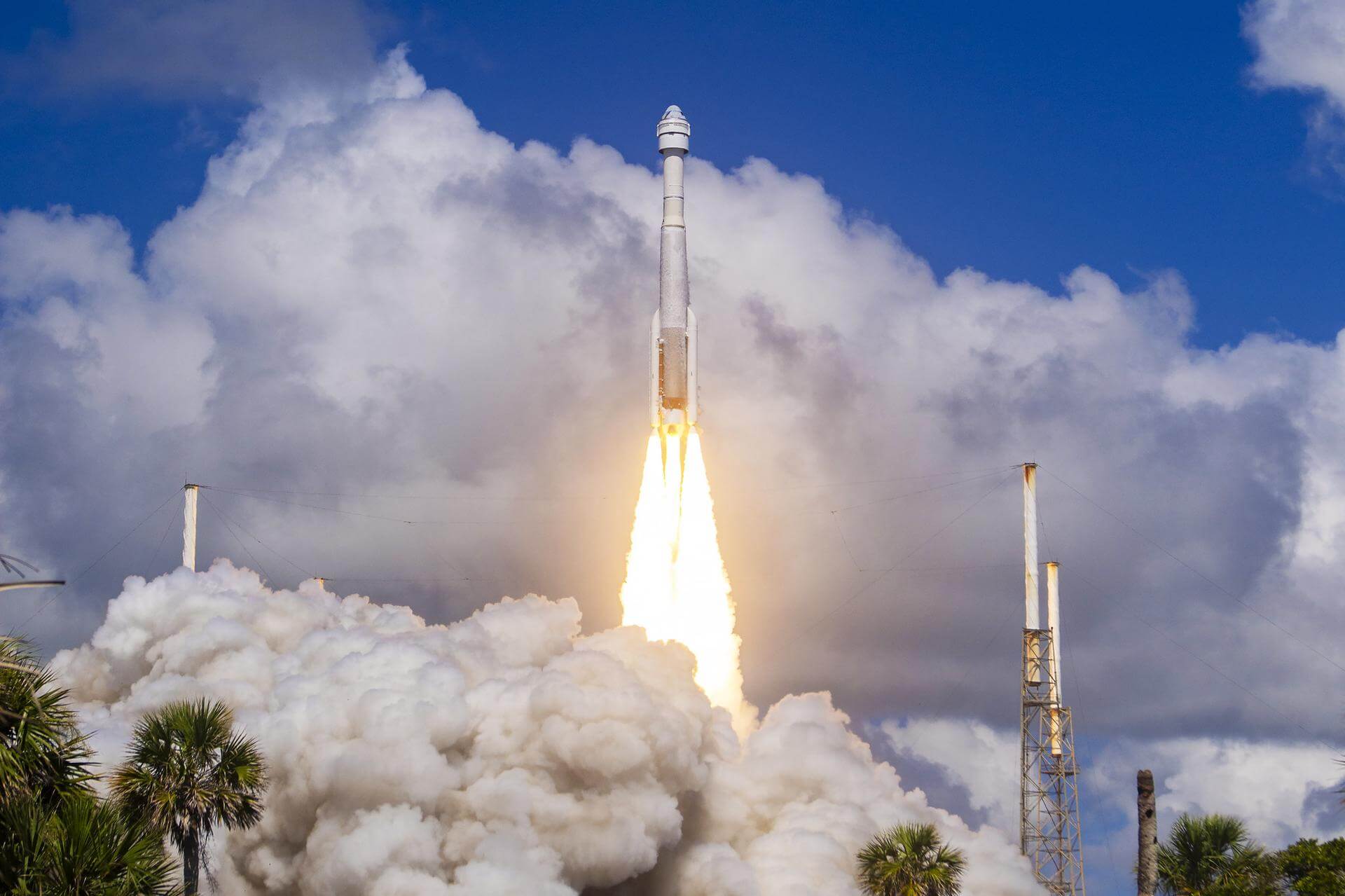Previous Spaceflight Launches
Filter by Agency, Locations or Vehicles
Show All LaunchesAtlas V 551 | ViaSat-3 F2 (ViaSat-3 EMEA)
United Launch Alliance | United States of AmericaCape Canaveral SFS, FL, USA
Nov. 14, 2025, 3:04 a.m.
Status: Launch Successful
Mission:
The ViaSat-3 is a series of three Ka-band satellites is expected to provide vastly superior capabilities in terms of service speed and flexibility for a satellite platform. Each ViaSat-3 class satellite is expected to deliver more than 1-Terabit per second of network capacity, and to leverage high levels of flexibility to dynamically direct capacity to where customers are located.
Geostationary Transfer OrbitAtlas V 551 | Amazon Leo (KA-03)
United Launch Alliance | United States of AmericaCape Canaveral SFS, FL, USA
Sept. 25, 2025, 12:09 p.m.
Status: Launch Successful
Mission:
Amazon Leo, formerly known as Project Kuiper, is a mega constellation of satellites in Low Earth Orbit that will offer broadband internet access, this constellation will be managed by Kuiper Systems LLC, a subsidiary of Amazon. This constellation is planned to be composed of 3,276 satellites. The satellites are projected to be placed in 98 orbital planes in three orbital layers, one at 590 km, 610 km and 630 km altitude.
Low Earth OrbitVulcan VC4S | USSF-106
United Launch Alliance | United States of AmericaCape Canaveral SFS, FL, USA
Aug. 13, 2025, 12:56 a.m.
Status: Launch Successful
Mission:
USSF-106 is a mission for the United States Space Force. The launch will deploy various payloads directly into geosynchronous orbit, including the NTS-3 (Navigation Technology Satellite 3), a demonstration navigation satellite testing a new digital signal generator that can be reprogrammed on-orbit to broadcast new signals, improve performance by avoiding and defeating interference, and adding signatures for detecting spoofing attacks.
Geosynchronous OrbitAtlas V 551 | Amazon Leo (KA-02)
United Launch Alliance | United States of AmericaCape Canaveral SFS, FL, USA
June 23, 2025, 10:54 a.m.
Status: Launch Successful
Mission:
Amazon Leo, formerly known as Project Kuiper, is a mega constellation of satellites in Low Earth Orbit that will offer broadband internet access, this constellation will be managed by Kuiper Systems LLC, a subsidiary of Amazon. This constellation is planned to be composed of 3,276 satellites. The satellites are projected to be placed in 98 orbital planes in three orbital layers, one at 590 km, 610 km and 630 km altitude.
Low Earth OrbitAtlas V 551 | Amazon Leo (KA-01)
United Launch Alliance | United States of AmericaCape Canaveral SFS, FL, USA
April 28, 2025, 11:01 p.m.
Status: Launch Successful
Mission:
Amazon Leo, formerly known as Project Kuiper, is a mega constellation of satellites in Low Earth Orbit that will offer broadband internet access, this constellation will be managed by Kuiper Systems LLC, a subsidiary of Amazon. This constellation is planned to be composed of 3,276 satellites. The satellites are projected to be placed in 98 orbital planes in three orbital layers, one at 590 km, 610 km and 630 km altitude.
Low Earth OrbitVulcan VC2S | Certification Flight 2
United Launch Alliance | United States of AmericaCape Canaveral SFS, FL, USA
Oct. 4, 2024, 11:25 a.m.
Status: Launch Successful
Mission:
Replacement Vulcan test launch with inert payload, experiments, and demonstrations for certification with the USSF after delays caused by payload testing of the Sierra Space Dreamchaser CRS SNC-1 mission, the original planned payload. One of the GEM-63XL SRBs was observed to blown out its booster nozzle at T+37 seconds, causing reduced and asymmetric thrust during ascent, however the performance shortfall was fully compensated by Vulcan's other stages.
Heliocentric N/AAtlas V 551 | USSF-51
United Launch Alliance | United States of AmericaCape Canaveral SFS, FL, USA
July 30, 2024, 10:45 a.m.
Atlas V N22 | CST-100 Starliner Crewed Flight Test
United Launch Alliance | United States of AmericaCape Canaveral SFS, FL, USA
June 5, 2024, 2:52 p.m.
Delta IV Heavy | NROL-70
United Launch Alliance | United States of AmericaCape Canaveral SFS, FL, USA
April 9, 2024, 4:53 p.m.
Vulcan VC2S | Peregrine lunar lander (Maiden flight)
United Launch Alliance | United States of AmericaCape Canaveral SFS, FL, USA
Jan. 8, 2024, 7:18 a.m.
Status: Launch Successful
Mission:
Maiden flight of ULA's Vulcan launch vehicle carrying the Peregrine lunar lander developed by Astrobotic Technology. Astrobotic was selected by NASA’s Commercial Lunar Payload Services (CLPS) program to deliver up to 14 NASA payloads to the Moon on its Peregrine lunar lander in 2022.
Lunar Orbit